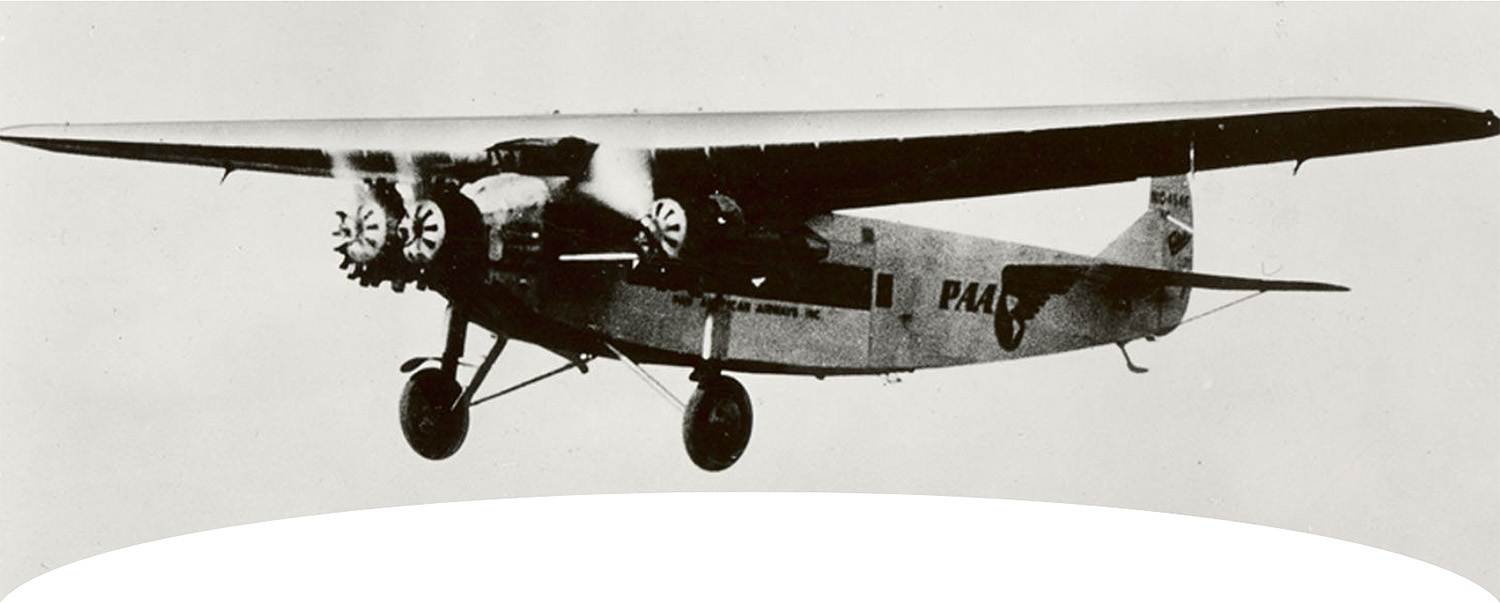ERA | PAN AM TAKE-OFF

Pan American Airways inaugurated “express” shipping by air. It began in Latin America and expanded in 1936 to include Pan Am's flights across the Pacific.

Influential figures in the Pan American Airways Incorporation March 14, 1927. Investors, and military officers who had concerns for the safety of the Panama Canal.
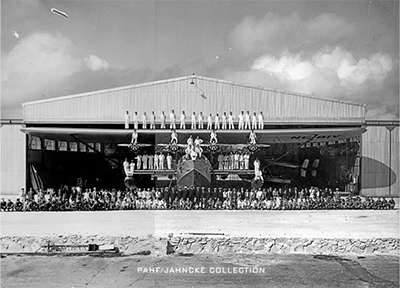
Pan Am 1933, from the "90 Years Ago" Series by Eric Hobson. Unique stories of Pan American Airways formative work, month-by-month. Its people, aircraft and far-flung destinations.

Preparations, anticipation, and deadlines: Pan Am's very first flight with Cy Caldwell piloting the La Nina, October 19, 1927 from Key West to Havana, Cuba.

The 1928 loss of a passenger during the crash of Fokker "General Machado" from Havana to Key West marked the start of Pan Am's radio navigation. PDF

Feb.1931: A royal pilot, the Prince of Wales and his brother Prince George, accepted invitations from Pan American Airways & Pan American-Grace Airways.
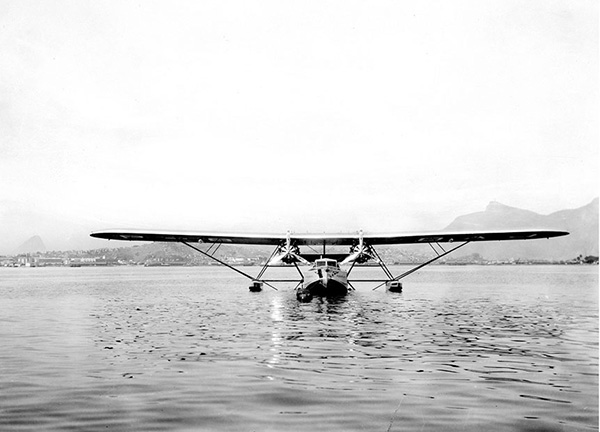
Racing down the South American East Coast: Starting on the "Lindbergh Trail," the new route became the foundation for Pan Am's spectacular growth.

Four Engines Out and Going Down: Aviation’s first forced landing, PAA's Sikorsky S-40 Caribbean Clipper piloted by Stanley J. “Red” Williamson.

A Mysterious Frying Sound: Ferris W. Sullinger's unique challenges installing direction finder apparatus in Jamaica during Pan Am's early days.

The "Pernambuco," a Sikorsky S-38 flying for New York Rio Buenos Aires (NYRBA) became a Pan Am plane when NYRBA was absorbed by Pan Am.
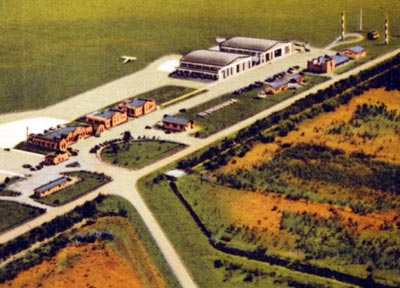
Pan Am's Base at Brownsville, during the early years. Gateway to Mexico and laboratory for instrument flying techniques.

Pan Am's very first named Clipper, Sikorsky S-40 flying boat "American Clipper," shows Pan Am seaplane base personnel at Dinner Key, Miami, 1931.
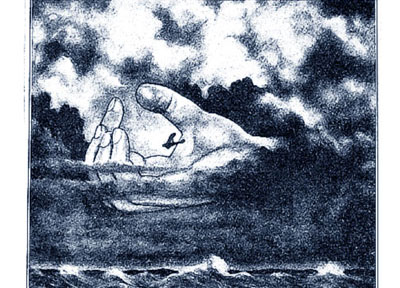
Pan Am's Arctic explorations: Following the Viking Trail - Newfoundland to Greenland to Iceland. Then on to Europe, Africa, South America and home again.

